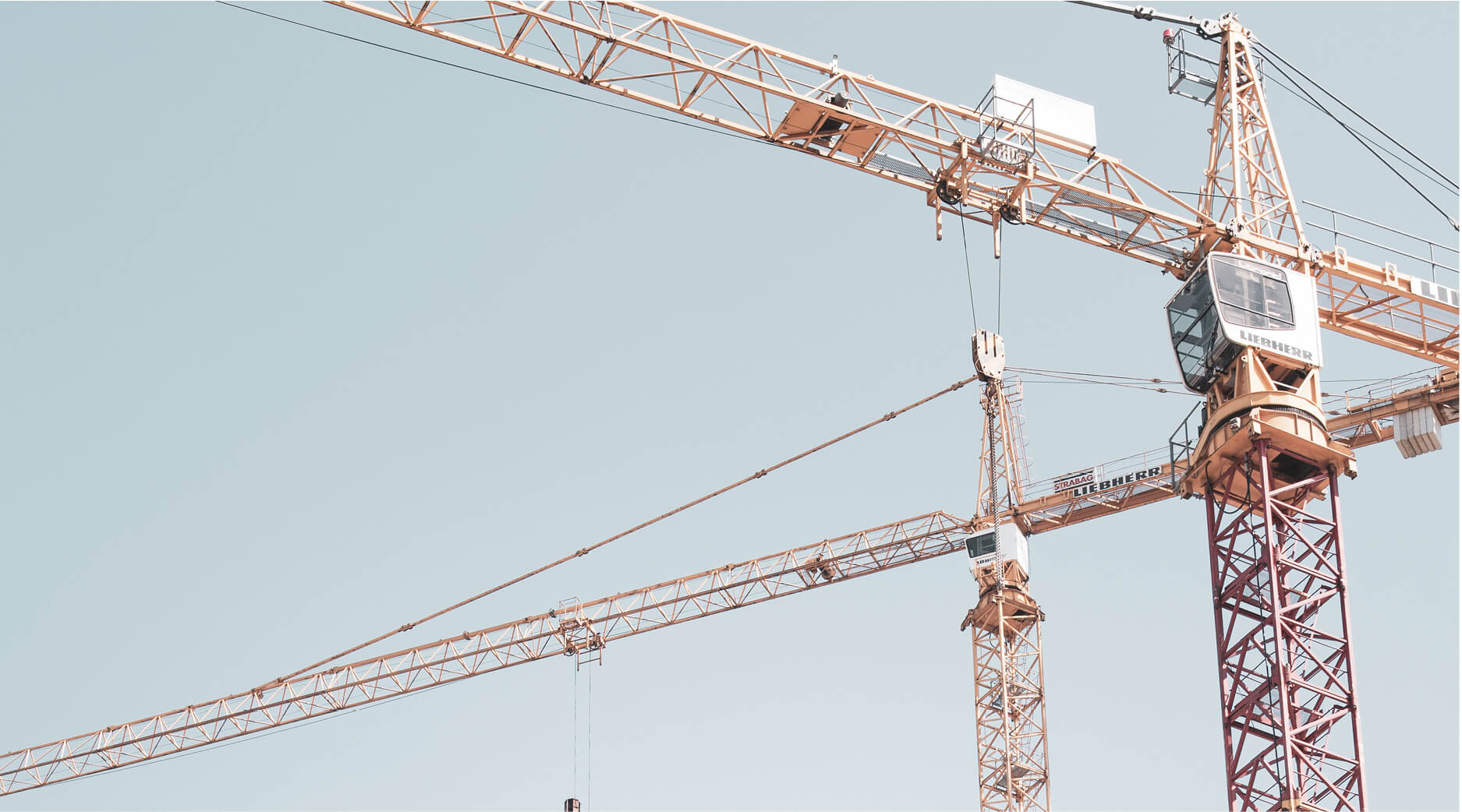Introduction
The Supreme Court has handed down its eagerly awaited judgment in URS Corporation Ltd v BDW Trading Ltd providing clarity and guidance for all involved in defects claims. This follows the Court of Appeal's earlier decision from 2023 (which we wrote about here).
Post-Grenfell, BDW conducted investigations into its historic developments and discovered design defects in two sets of multiple high-rise residential building developments. BDW carried out repairs to the defective buildings, although no claim against BDW arising out of the defects had been intimated by any third-party owner or occupier. URS was appointed by BDW to provide structural design services in connection with these buildings. The losses claimed by BDW from URS relate to the costs of executing those remedial works, together with associated costs. URS resisted on the basis that the scope of its duties did not extend to the losses claimed by BDW, and BDW was not entitled to recover those losses because at the time it carried out the repairs it no longer owned the developments and could not be held liable for them due to the expiry of an applicable time limit.
The Supreme Court dismissed all four grounds of URS's appeal. To put the Supreme Court's decision into context, the appeal related to preliminary issues concerning the scope of URS's duties and whether BDW's alleged losses were recoverable in principle and so was decided on assumed facts. The underlying dispute between the parties has not yet been finally determined – the actual facts applicable to this case and how the decisions made by the Supreme Court will apply to those facts will need to be determined at a further trial.
The four key issues decided by the Supreme Court were:
1) Just because repair works are "voluntary" does not mean the costs are irrecoverable as a matter of law
The Supreme Court rejected the suggestion that because BDW had sought to repair defects on developments no longer owned by it and without any enforceable legal obligation to do so, such economic losses (by completing repair works) were voluntary and could not be recovered. They said that there was no rule of 'voluntariness' which meant the repair costs were outside the scope of the duty of care owed by URS or were too remote to be recovered.
In any event, the Supreme Court considered that, given the circumstances, it is strongly arguable that BDW was not acting voluntarily at all as:
a) if BDW did nothing to effect repairs, there was a risk that the defects would cause personal injury to, or the death of, homeowners for which BDW might be legally liable;
b) BDW had a legal liability to the homeowners under the DPA or in contract to incur the cost of repairs, as, even though at the time the repairs were carried out the claims by the homeowners would have been time-barred, limitation bars the remedy but does not extinguish the right; and
c) there would be potential reputational damage to BDW if BDW did nothing once it knew of the danger to homeowners; it was therefore in BDW’s commercial interest to effect the repairs.
The Supreme Court concluded that there is "a strong case for contending that BDW was, in any event on the assumed facts, not exercising a sufficiently full and free choice so as to be regarded as acting voluntarily in effecting the repairs. In other words, BDW had no realistic alternative. The three features indicate that BDW was not, in any true sense, acting voluntarily."
The Supreme Court did go on to state that 'voluntariness' may yet be relevant to issues of legal causation or mitigation on the specific facts of each case. How this is applied in practice remains to be seen, but it may prove difficult to argue that a developer acting 'voluntarily' did not act reasonably as a consequence of the defects for which another party is responsible. This is particularly so in light of the Supreme Court's comments that they had reflected on the policy consideration of "achieving a fair and reasonable allocation of the risk of the loss that has occurred as between the parties" in deciding these points. The policy clearly favours incentivising a claimant in BDW's position to carry out the repairs so as to ensure that any danger to homeowners is removed, and that in doing so BDW should not then be penalised.
2) Claims 'concerning' s1 DPA also enjoy the extended 30-year liability period
Section 135 of the BSA increases the time limit for claims under section 1 of the DPA to 30 years in respect of rights of action which accrued before 28 June 2022. The Supreme Court has held that this extended time limit also applies to claims "dependent" upon section 1 of the DPA, such as damages for a liability in negligence, or claims for a contribution. This means developers maintain the ability to pursue 'onward' claims against responsible parties (whether building contractors, architects, engineers etc). It is clear that the court wishes to preserve the 'waterfall' effect whereby a developer undertakes repairs to defective buildings to protect occupiers, and then brings contribution claims to allocate the cost of those repairs between the culpable parties.
In reaching this conclusion, the Supreme Court carefully considered the policy background to the BSA, assisted by written submissions made on behalf of the Secretary of State for Housing, Communities and Local Government. The Supreme Court highlighted from such submissions: "One of the key questions for the Government and stakeholders following the Grenfell Tower fire was how remediation works should be funded. This question has often been described as the ‘who pays’ question… The Government has consistently taken the view that, where building developers and other contractors are responsible for building safety defects, it is fair that they should cover the costs of remediation, and that holding wrongdoers to account will speed up the remediation process and reduce the risks posed by unsafe residential buildings to their residents."
The Supreme Court's ruling on this issue supports the Government policy of making those responsible for building safety defects accountable, and the court considered that to do otherwise would "penalise" responsible developers who had been pro-active in remedying building safety defects in accordance with the Government guidance.
However, when considering the specific facts at hand, there is a slight health warning: the Supreme Court acknowledged that, whilst an extension to the time limit for claims can be applied with retrospective effect, it still cannot re-write history. What this means in practice is that if the repairs were undertaken before the BSA, and therefore before the retrospective 30 year time limit under the DPA came into effect (as BDW had done in this case), then the question of whether those pro-active remedial works were reasonably undertaken or not must still be assessed on the facts and with the knowledge held at the time that decision was made. For instance, BDW knew at the time that it undertook the remedial works in this claim that any DPA claim against it would be time-barred but decided to proceed with the works ('voluntarily') in any event. A court would, therefore, have to look at the specific facts feeding into the decision to carry out the repairs, and determine whether the carrying out of those works was reasonable or whether it broke the chain of causation and/or constituted a failure to reasonably mitigate its loss. Whilst it remains to be seen how this nuance might be treated by a court, given the weight that the Supreme Court gave to the Government's policy considerations behind the BSA, it is unlikely that the courts will want to 'get in the way of' developers repairing buildings and making them safe for homeowners and occupiers.
3) Developers can both owe, and be owed, a duty under DPA
The Supreme Court also confirmed that a duty under s.1 DPA can be both owed to, and owed by, developers. This is because a duty is owed to a person who has "ordered" a dwelling to be built, which includes developers. The Supreme Court described this with a 'first owner' example: a developer who owns land and who contracts with others to construct a dwelling "would not be a purchaser of the dwelling or someone who “acquires an interest … in the dwelling” but would be the owner of the dwelling from the outset – ie its first owner. "[T]o the order of any person” therefore includes, most obviously, first owners who order work in respect of a dwelling. That embraces developers who order relevant work and are first owners." Whilst the Supreme Court considered that its 'first owner' scenario was the most likely, it also said that "the words "to the order of any person" are wide enough to cover where that person does not have a proprietary interest in the land and new dwelling".
4) Contribution claims for remedial works can be brought even where there is no judgment or settlement or live claim
The Supreme Court held that BDW was not prevented from bringing a claim for contribution against URS despite the fact that there was no judgment against BDW or settlement between BDW and any third party and no third party had ever asserted any claim against BDW. It was sufficient that BDW had made a payment in kind (by performing remedial works) in compensation for the damage suffered by the homeowners.
The basis for this decision was that the Supreme Court held that it is plain from the language used in the Civil Liability (Contribution) Act 1978 (the Contribution Act) that 'contribution' considers an amount of money and it is therefore not possible for a court to make an order for contribution unless and until an amount of money can be identified (of which any defendant may be ordered to pay a proportion). A developer wanting to make a claim for a contribution may therefore only recover said contribution if it has made or been ordered or agreed to make a 'payment' in respect of which the contribution is sought.
However, the Supreme Court held that 'payment' extends to a 'payment in kind', such as the carrying out of remedial works, on the basis that the value of those works can be quantified as a sum of money, which enables the amount of any contribution recoverable from a defendant to be assessed.
It therefore seems that, as soon as the developer has agreed to carry out remedial works, for example by entering into a building contract for those works (but before the whole of the contract sum has been paid), then there is a 'payment in kind' that can be assessed for the purposes of the Contribution Act. The fact this is done voluntarily, or without a claim from a homeowner, will not generally affect the developer's right to recover a contribution from a party equally liable for the damage.
Impact of Judgment
The focus on policy in the judgment, and the consistency of the decisions reached with the overarching policy of the BSA, appears to set the tone for the industry and the approach of the courts in deciding future claims: that those responsible for defects are expected to rectify those defects to remove risk to homeowners, and the associated cost is to be shared amongst all of those responsible.





